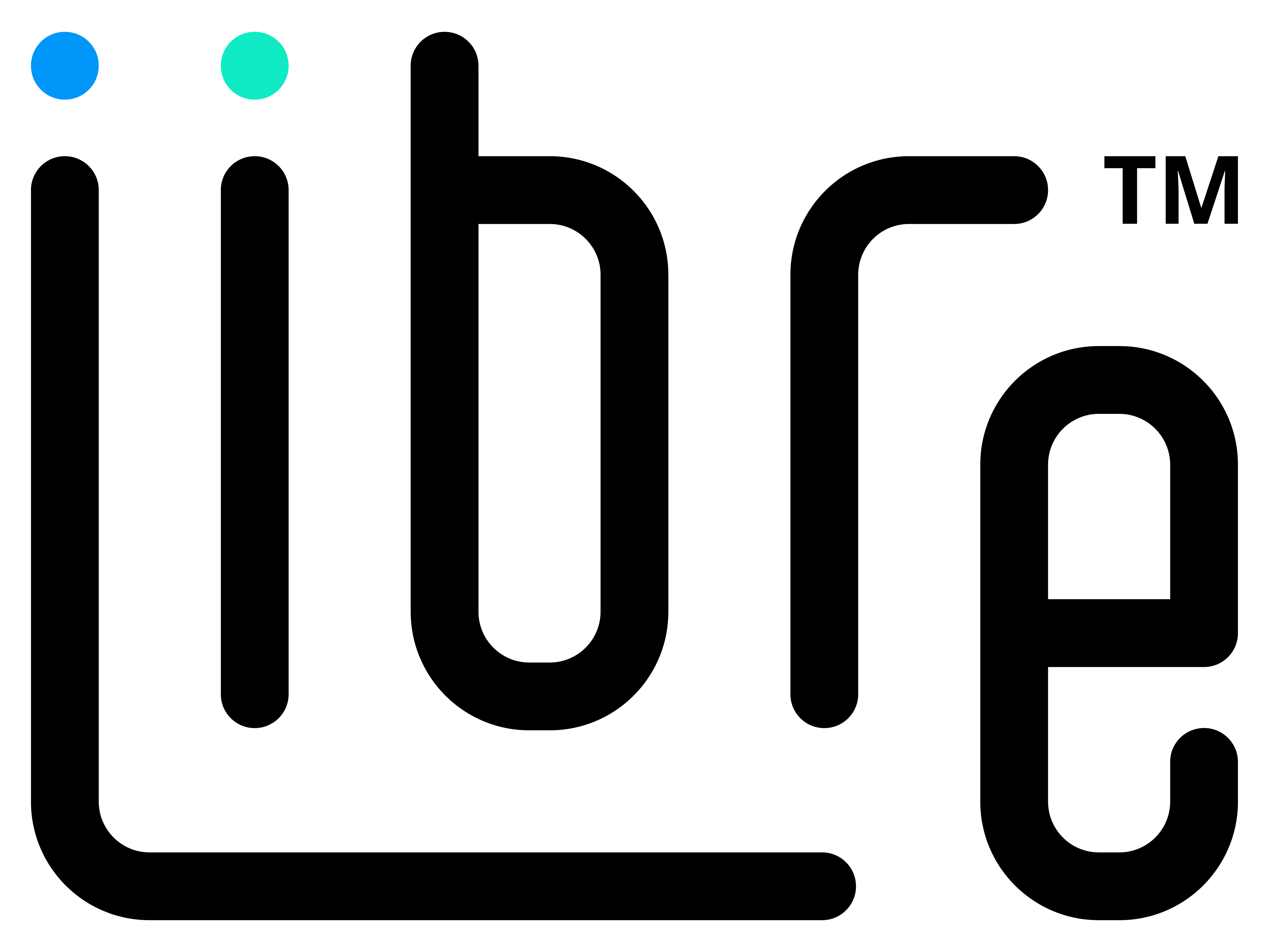The first time that I can remember hearing the term “data infrastructure” was at an OSI PI event. I think that it was their attempt to differentiate themselves from their competition and to push the usefulness of their AF platform for contextualization. As a person that spent most of my time in business development related to time series data collection and as someone that came from a background in custom .Net development for solving fringe problems in manufacturing, it made all the sense it the world.
Fast forward 10+ years and I still believe that a data infrastructure for manufacturing makes absolute sense. Different people call it different things – OSI still refers to data infrastructure. Walker Reynolds at 4.0 Solutions calls it a unified namespace. The bottom line is that it is all an effort to capture the data within the knowledge domain of the manufacturing space in a way that is most easily stored, aggregated and analyzed. With the advent of ubiquitous AI and ML companies, it has taken on a renewed focus and the hyper-scale cloud providers have jumped into the fray, telling big manufacturing companies to “just throw it all into a data lake” and that their AI and ML tools will magically make sense of it.
What does Data Infrastructure really mean?
What doesn’t make any sense at all is why it’s still so expensive to put a data infrastructure in place. To try to get that sorted, lets figure out what “Data Infrastructure” really means. By our definition, a data infrastructure allows you, at a minimum, to:
- Configure the master data that you use to operate your manufacturing processes.
- Configure the assets that make up your production equipment and the assets used to support production.
- Capture actions and states from your process like start, stop, open, close, held, blocked, starved, etc.
- Collect the time series data that comes from your processes like temperatures, pressures, speeds, etc.
- Configure and capture events from your process that are relevant to how you determine success and failure.
- Visualize the data in reports and trends in both historical and real time fashion.
- Gain insight into your data by providing everything listed above in a single ontology with a straight-forward API.
Why does it Continue to Cost So Much for Manufacturing Software?
The “big boys of manufacturing software” have been attempting to provide these things for the last 20+ years with varying degrees of success. So, why did it (and why does it continue to) cost so much for Manufacturing Data Infrastructure Software?
- It used to be hard to do. Really hard. 30+ years ago, when time-series data was first being collected, networks didn’t exist and for the most part, neither did SCADA. There certainly weren’t universal protocols for data ingress.
- Most data infrastructure products still have those systems left over at their core and so the legacy debt in the codebase must be maintained. OSI, RA, Wonderware all have outdated tech stacks that cost a mountain of money to maintain.
- Finally – because they can get away with it. These companies have convinced manufacturers for years that this whole thing is hard and expensive and takes years to implement. Why change when you can continue to charge 20% of the total license cost annually for support without ever releasing anything of value in new features? Sounds like a good gig if you can get it.
Free, Open Source Manufacturing Data Infrastructure
Here’s the thing – every single one of those things in our list is available in an open source product today. Some of these products are making their way into manufacturing, but not comprehensively (until Libre) and always by way of someone in the industry trying to monetize a free product without really adding much to it. Libre changes everything.
We’ve decided that data infrastructure should be free. You can’t get more efficient if you don’t know where you’re starting from and you can’t baseline your operations if you must spend $50-100k on software and implementation to get started.
We say “No Mas” to the idea that you have break the bank for Data Infrastructure. It should be free. And it is.
It’s time you looked at Libre.

